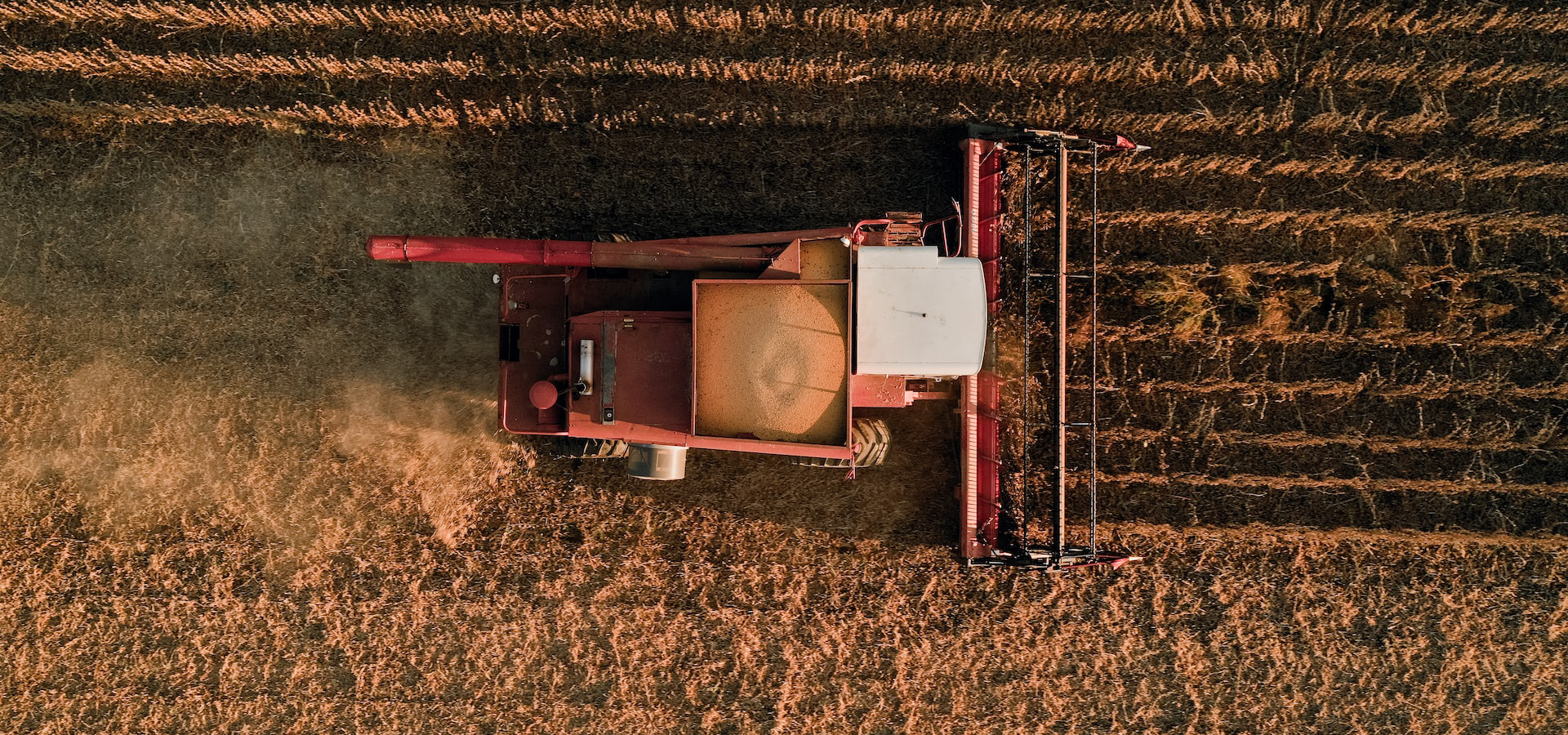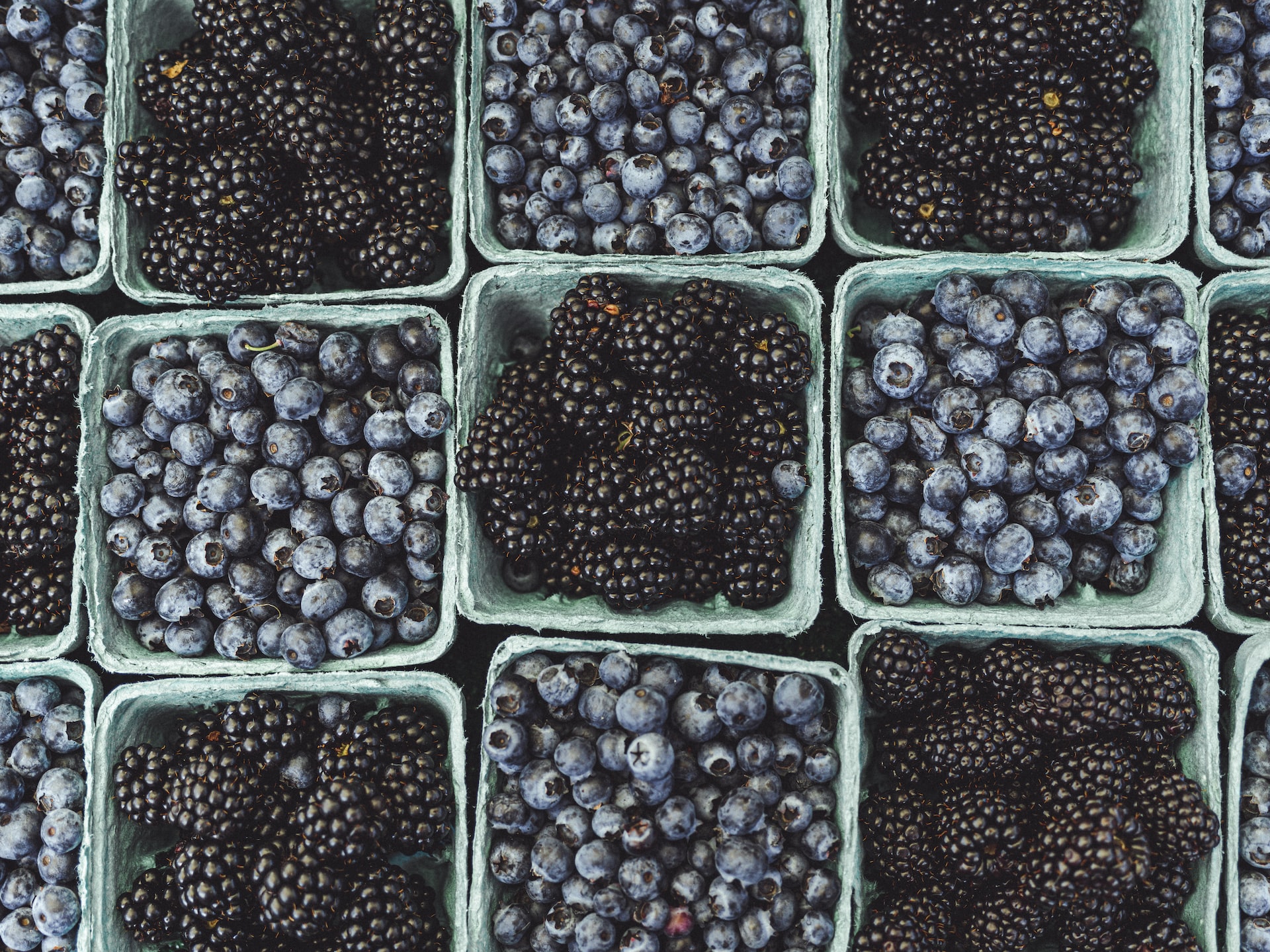Towards horizontal agriculture

Rhishi PetheProduct Lead
| 5 min read
The future of farming is flat.
Just as streamers Netflix and Amazon now produce their own content, your hometown grocery chain is launching dairy farms, ranches and processing facilities to supply house brands.
Grocery chains like these, among other segments across the food system, have followed in the footsteps of businesses in every industry that have vertically integrated — building and owning their supply chains from end to end. Technologies which underpin these operations are also being developed in-house. The benefits? Tighter control of three important elements: cost reduction, securing supplies and quality.
But while many companies have sought to bring more steps in their supply chain under their own roofs, the complexity of globalization, and more recently, pandemic-related logistical disruptions, have called the wisdom of this approach into question.

Agriculture’s many layers of complexity
In vertical systems, you have to achieve market-leading excellence at every step of the value chain. Many companies have accomplished this with varying degrees of success, but the world of agriculture is uniquely complex. Agriculture is not only fragmented by discipline, but also by region and crop type. The way we grow corn, for example, is very operationally different from how we grow tomatoes. Agriculture is also very different in Iowa compared to India. Even within the same region, there can be different soil and weather conditions, and even substantial differences in farming systems and practices across crops. Consumer preferences and government-imposed regulations and policies result in still more variability between regions.
Due to this complexity and the enormous amount of variety across agricultural settings, vertical integration presents significant and unique challenges to this industry, such as applying uniform technology at scale. Take robotics. Because there’s so much variety in farming, it’s unlikely that the same company that builds an excellent robot to pick blackberries will be the same company that builds one to pick tomatoes. It makes better sense to embrace this complexity and foster an open, collaborative ecosystem where everyone can bring their local and specialized knowledge to develop adaptable solutions. One company can build a world-class computer vision solution for agriculture. Another can focus on sensors, and another on user interface. This horizontal approach is how robotics can scale in agriculture.
With technology evolving so quickly, agribusinesses across the ag value chain can make more flexible decisions by mixing and matching the best components that help them maintain high crop yield and productivity, despite uncertain weather and economic factors. They can innovate quickly rather than having to undergo a protracted development cycle. With rising interest rates and cost of capital, large agribusinesses and farming operations must do more with less. Sourcing technologies from trusted partners can be a way to save not just time, but also money.

It’s our mission to cultivate a horizontal, open system — what we see as the key to unlocking innovation that enables us to feed a growing population and address climate change.”
A flatter agricultural horizon
At Mineral, we believe solving problems in agriculture requires collaboration within an ecosystem of technology and solution providers. It’s our mission to cultivate a horizontal, open system — what we see as the key to unlocking innovation that enables us to feed a growing population and address climate change.
Fortunately, we have a template. The broader tech world has seen an opposing trend away from vertical integration toward horizontal systems since the 2000s, and it’s beginning to hit agriculture, too. Open source and open platforms have enabled a flatter technology landscape, where small participants are able to find success, and what benefits one has the potential to benefit many. Salesforce, for example, provides a customizable set of tools, which can work for businesses of all shapes and sizes. This modularity spawned an ecosystem of certified and independent Salesforce experts, all working to create new solutions for everyone in the community.
It is difficult for one organization to excel at solving all the problems faced by their customers. They need to bring together different sets of expertise, tools and technologies. Having an open system with interoperable components, where teams can focus on their area of expertise, allows for more opportunities for innovation in the ecosystem. One company may produce a solution to predict the best time to plant a specific seed based on certain weather conditions. Another will find a way to calculate the optimal seeding rate and planting depth. Another may create a scouting tool that focuses specifically on herbicide-resistant weeds. And yet another may bring all of these components together. Instead of building entire tech stacks in-house, large agribusinesses will focus on their core competencies and put together tech stacks made up of the best components sourced from third parties.
Artificial intelligence and machine learning catalyze farming’s horizontal future
On the cusp of an explosion of high-impact applications, artificial intelligence (AI) and machine learning (ML) will play a crucial role in this story for the global food system. These powerful tools will benefit researchers, hardware manufacturers, farmers and growers, ag retail operations and everyone in between. At Mineral, we’ve tapped into the power of these technologies to tune them specifically for agriculture, because AI and ML are not one-size-fits-all tools. To date, the Mineral team and our partners have analyzed 450M acres of Earth’s farmland, modeled more than 200+ plant traits, and developed 83+ proprietary ML models to make better sense of plantkind.
While innovations in AI and ML are maturing, we can’t neglect the need to build an open infrastructure that enables more participants to create compelling applications. Just as the open source revolution made tech more accessible and productive for all, so too will AI and ML open up new possibilities for agriculture. The firms that embrace a horizontal and collaborative approach are the ones who will capture the full value of these technologies, double down on what they do best, and help us face the urgent challenges ahead. The ones who don’t, risk being left behind.